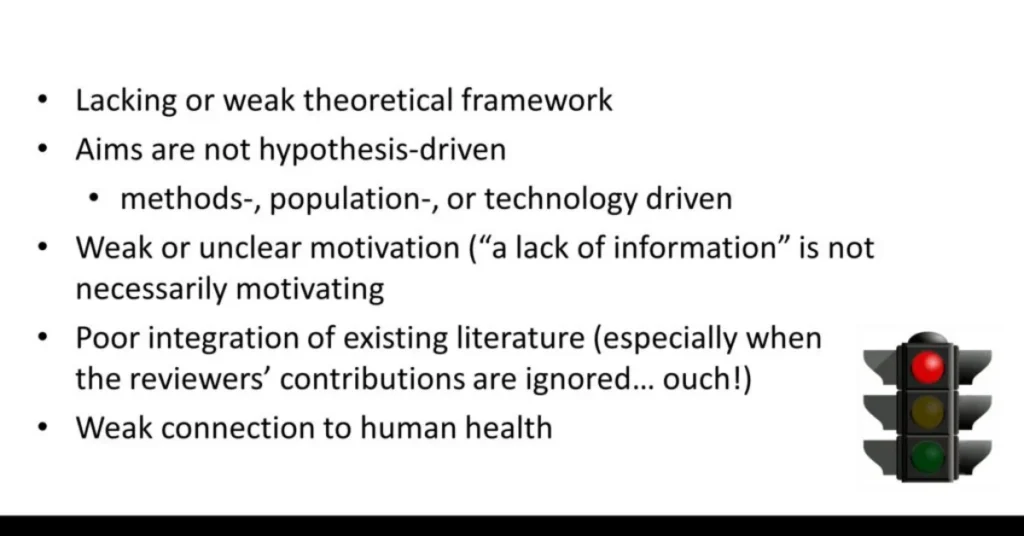Strengths and weaknesses are significant facets that help identify the study’s effectiveness. Strengths assist researchers in generalizing findings and weaknesses by identifying gaps to overcome and avoid in future studies. With this importance, they play a leading role in writing research proposals. This article will provide the prominent role of strengths and weaknesses in writing research proposals for research students.
Why Is It Important To Know The Strengths And Weaknesses Of Research?
Knowing the strengths and weaknesses of research plays an important role in writing research proposals and conducting effective research. It is important as it helps determine what points or factors prior studies excelled in or lagged.
They also develop an understanding of the researcher to identify weak areas or gaps and strengths in their studies. This understanding serves many benefits in writing research proposals. For instance, researchers become aware of how they can overcome and avoid weak areas in their studies to enhance the study’s reliability.
Researchers identify prominent strong areas that lead to greater validity and generalisability of the study’s findings. The other benefit is that researchers become aware of the most effective or ineffective technique/method concerning their research problem.
Hence, researchers should know the strengths and weaknesses of research in enhancing the study’s reliability, validity, and generalisability. However, hiring a dissertation proposal writing service has still great importance in writing a research proposal.
What Are The Strengths And Weaknesses Of A Research Study?
The strengths and weaknesses of the qualitative, quantitative, and mixed-method study are as follows;
Strengths
The strength of a qualitative research study is that it is subjective. It provides broader room for the researcher to get in-depth answers from the respondents about a research problem. Moreover, it allows the researcher to revise the research framework with new information till the analysis of the research study.
The strength of a quantitative research study is that it is objective. It allows the researcher to get numeric data from a large sample size for a research problem. On the other hand, a mixed-method research study’s strength is that it provides objective and subjective data for a research problem. The data collection allows the researcher to remove any ambiguity for a study’s problem.
Weaknesses
Yet, the qualitative research study is subject to personal biases and entails a small sample size. Moreover, it provides vast data that an inexperienced researcher finds difficult to comprehend its meaning. In contrast, quantitative research does not provide answers to the why and how aspects of the research problem as it lacks in-depth responses.
On the contrary, the weaknesses of mixed-method study are that it requires the researcher’s cost, time, and effort to comprehend meaning from quantitative and qualitative data collection. Importantly, it requires strong expertise in analyzing the data.
How Do You Write Strengths And Limitations In Research?
Research students can write strengths and limitations in research by knowing the following essentials;
Strengths
It is not compulsory to write the strengths of a research study. The researchers write them to exhibit their effort and enhance the research study’s attractiveness. Researchers can write them in chapter five of the conclusion before the limitations in paragraph form.
Researchers should start with a notion: “The key strength of this research study is that…” An effective example of a strength that researchers can use in a study is as follows;
- One of the key strengths of this study is that it entails in-depth data collection from the most suitable target population.
Limitations
The limitations of a research study are written at the end of the research study. Researchers write them in chapter five of the conclusion, too. They briefly explain the limitation in the form of a bullet point. The limitation can be methodological, empirical, or knowledge-based. For this, the researchers should outline limitations through robust understanding.
They can write them concisely by referring to a well-known researcher in that domain. The specimen of a limitation in a research study is as follows;
- The researcher has gathered primary quantitative data using a sample size of twenty-five respondents. The small size restricts the reliability and generalisability of the study’s findings to a large population. Hence, using a small sample size entails limitations in this research study.
What Are The Things To Consider When Writing A Research Proposal?
A research student should consider the following things in writing a research proposal;
Comprehensive and well-defined title
Research students should present a well-defined title with key variables. They can reflect the impact of one variable on others and the study’s chosen method in their title.
Develop relevance in the background of the study.
Researchers should present the background of the study with proper and concise research. It helps present a rigorous thesis statement of the study relevant to prior research studies.
Outline sound research problem.
Research students should present a sound research problem that is researchable. The research problem contributes significant information that prior studies fail to do so.
Develop exploreable research objectives.
The researcher should develop short and exploreable objectives essential in answering the thesis statement.
Research Questions
The research questions should be in relevance and exact order to the research objective of the study.
Significance of a research study
The researcher should highlight the significance of the study for every sector and domain. They can present the significance in many folds, such as for academia, target population or sector, and society.
Brief Literature Review
Researchers should review literature and research studies relevant to the thesis statement and variables of the study.
Developing Conceptual framework
The conceptual framework exhibits possible associations between variables under study and helps write hypotheses of the study, if any.
Brief methodology
The researcher should briefly explain how the study is going to be conducted. For this, they can outline methods and techniques that they will use to gather and analyze the data.
Final Thoughts
Researchers cannot neglect the strengths and weaknesses of writing a research proposal. They help researchers determine the most suitable technique to get reliable and valid results to support claims in the study. Also, they guide the researchers by outlining a specific method that is not trustworthy to generate consistent results over time.




